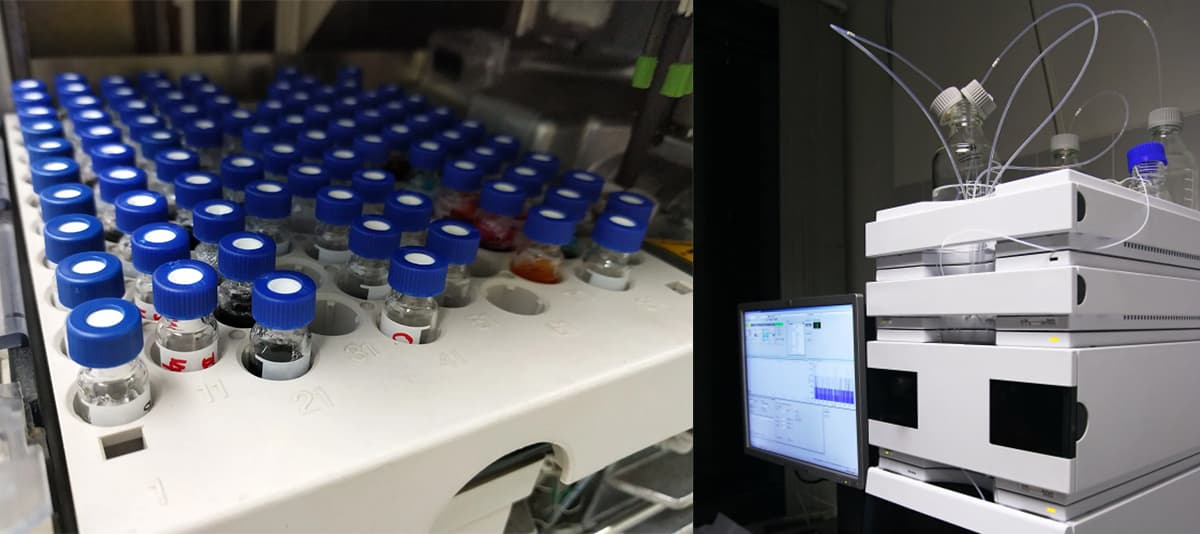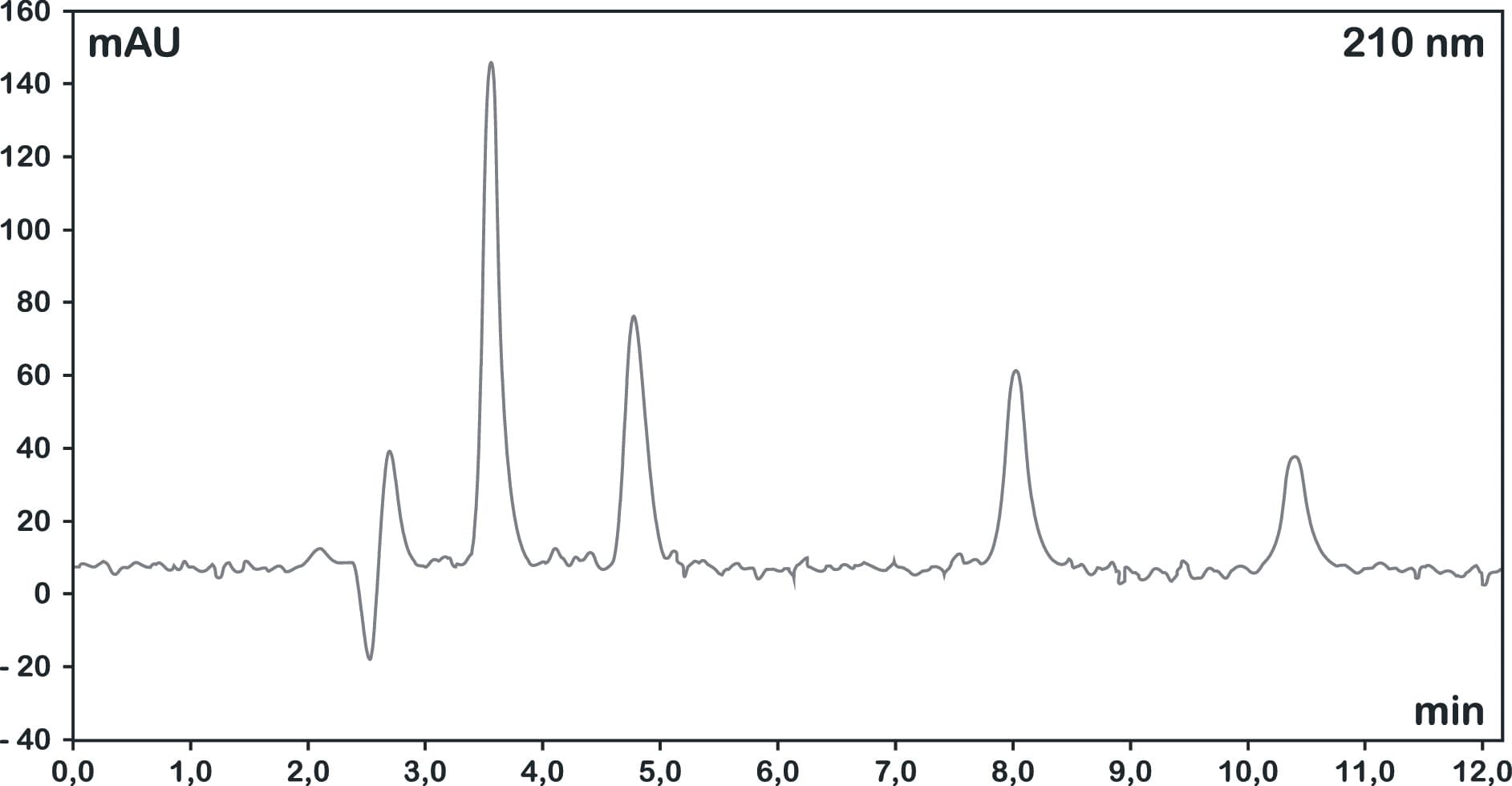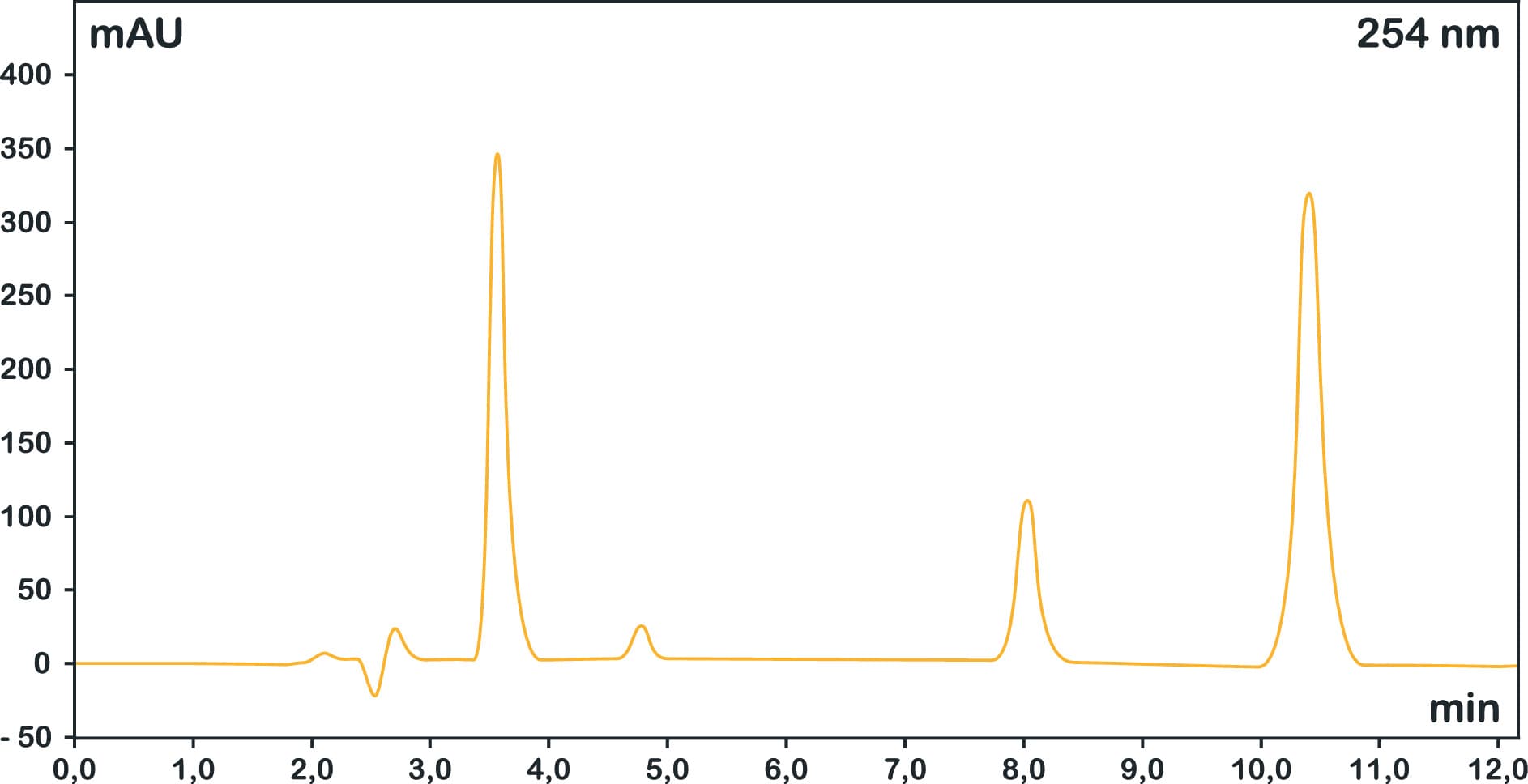2. The higher sensitivity of your HPLC column
3. Higher accuracy
4. Fewer false-positive peaks
5. Less background noise
6.No leachable
Four Steps for HPLC Sample Preparation
Let us convince you how you can save time with our solutions and at the same time increase the reproducibility of your results:
Step 1. ANALYSIS OF AQUEOUS SOLUTIONS
Poor water quality is one of the largest contributing factors to problems during HPLC runs. Water impurities in the mobile phase can interact with the column and result in poor resolution and sensitivity or unexpected peaks in the chromatogram, commonly referred to as ghost peaks. Using ultrapure water substantially reduces the risk of contamination with organic carbons, microorganisms, endotoxins, RNases, and DNases. Ultrapure water is available for purchase, however, using a water purification system in your laboratory is the easiest way to ensure high-quality ultrapure water. Type 1 reagent-grade water that meets ASTM, NCCLS, ISO, and USP standards are the best choice for HPLC applications.
Step 2. Preparation of Standards
Preparing standards for compound identification and quantification can be a tedious and time-consuming process. Accurately weighing a solid so that a predefined volume of solvent can be used is difficult, and waste due to error can be costly—especially when working with pharmaceuticals. Other factors such as temperature further complicate standard preparation. Temperature fluctuations alter the solvent density and contribute to dramatic differences in concentration.
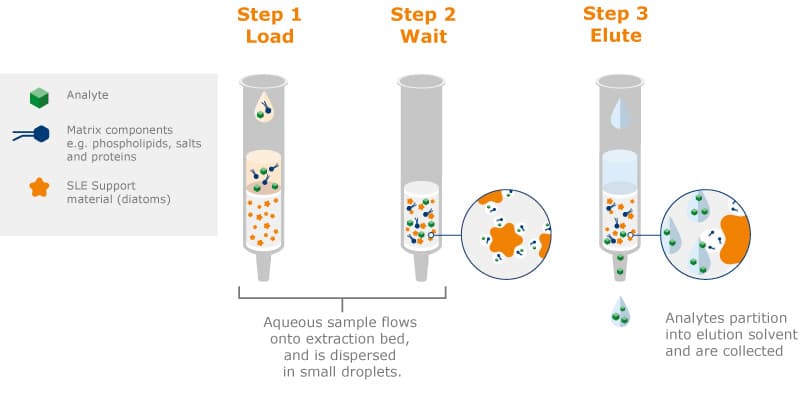
Using a balance that enables a weighing accuracy up to several decimal places and automating the process by linking the balance to a solvent dispenser guarantees the highest precision. Using software such as the YAPP16 Dosing Q-App enables automatic calculations and gravimetric monitoring of measured values. Documenting the temperature and density of the solvent also ensures highly accurate concentrations, especially when preparing standards on subsequent days. Direct data transfer from the YAPP16 weighing application to the Thermo Scientific™ Chromeleon™ 7.2 chromatography data system (CDS) software is an option for paperless data handling with full data integrity.
Step 3. GET BACK TO BASICS WITH GOOD PIPETTING
The importance of accurate and precise pipetting is too often overlooked and taken for granted. The user skill level and experience can have significant implications for sensitive analyses like HPLC. Choosing the right pipette can reduce human error and the associated costs of wasted solvents.
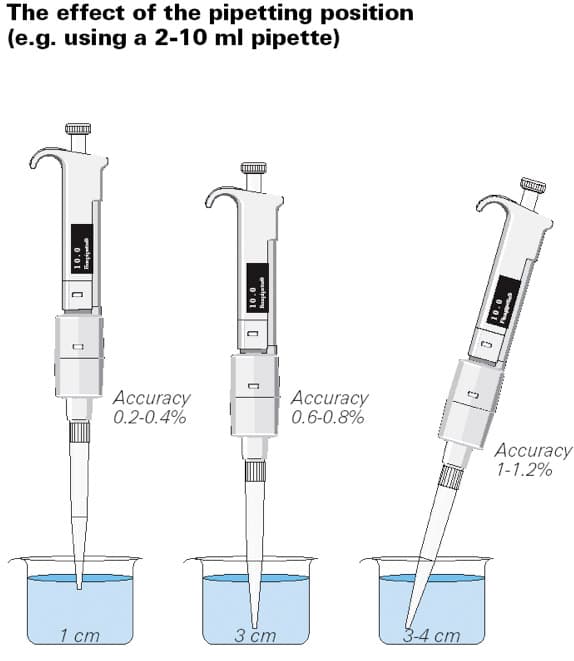
Mechanical pipettes with a volume lock offer a simple solution for preventing accidental volume changes, while more sophisticated electronic pipettes eliminate user variability to consistently deliver precise volumes. The pipette tip is also an important detail to consider for HPLC analyses. Low retention tips are best when working with solvents of different viscosities, as they maximize sample recovery. Sample contamination can also occur as a result of leaching from the pipette tip. As such, tips with high chemical resistance preserve sample integrity.
Step 4. FILTER FOR ACCURACY AND LONGEVITY
Taking additional care to filter samples prior to analysis improves reliability and can prolong the life of the HPLC column by preventing clogging effects. Syringe filters are a simple, rapid solution for filtering samples prior to column chromatography. As with pipette tips, the solvents used in HPLC necessitate specific filters to prevent leaching and sample contamination.
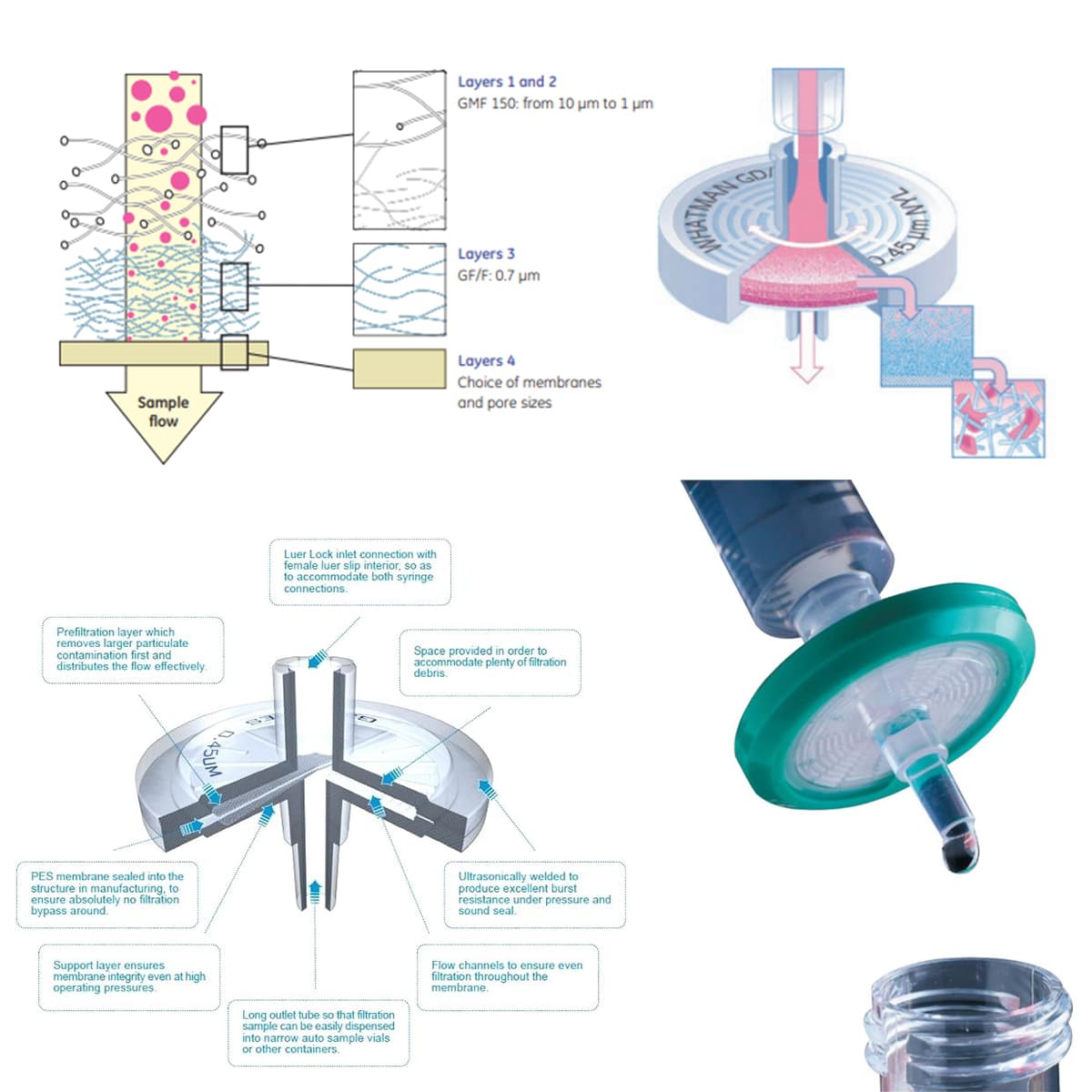
Cellulose membranes are resistant to dimethyl sulfoxide (DMSO), amides, ketones, ester, and ether compounds. For especially harsh solvents, uncoated polyethersulfone (PTFO) membranes prevent leaching and sample contamination. Sample filtration becomes very time-consuming when the sample number increases. Multi-sample filtration units, such as the Claristep® Filtration System, can process samples without syringes and fast-track sample preparation without sacrificing quality.
Five Problems you need to Pay Attention To!
1. What are the biggest sample prep problems facing labs?
Laboratories are under increasing pressure in terms of time and cost, often dealing not only with high numbers of samples but also samples of varying natures. Sample preparation is an area where subtle differences between sample types or the sample preparation methods and materials used can impact the results obtained. Ensuring compatibility between the materials in the filtration device and the solvent can minimize issues; for example, the levels of extractable compounds that might interfere with analyte detection.
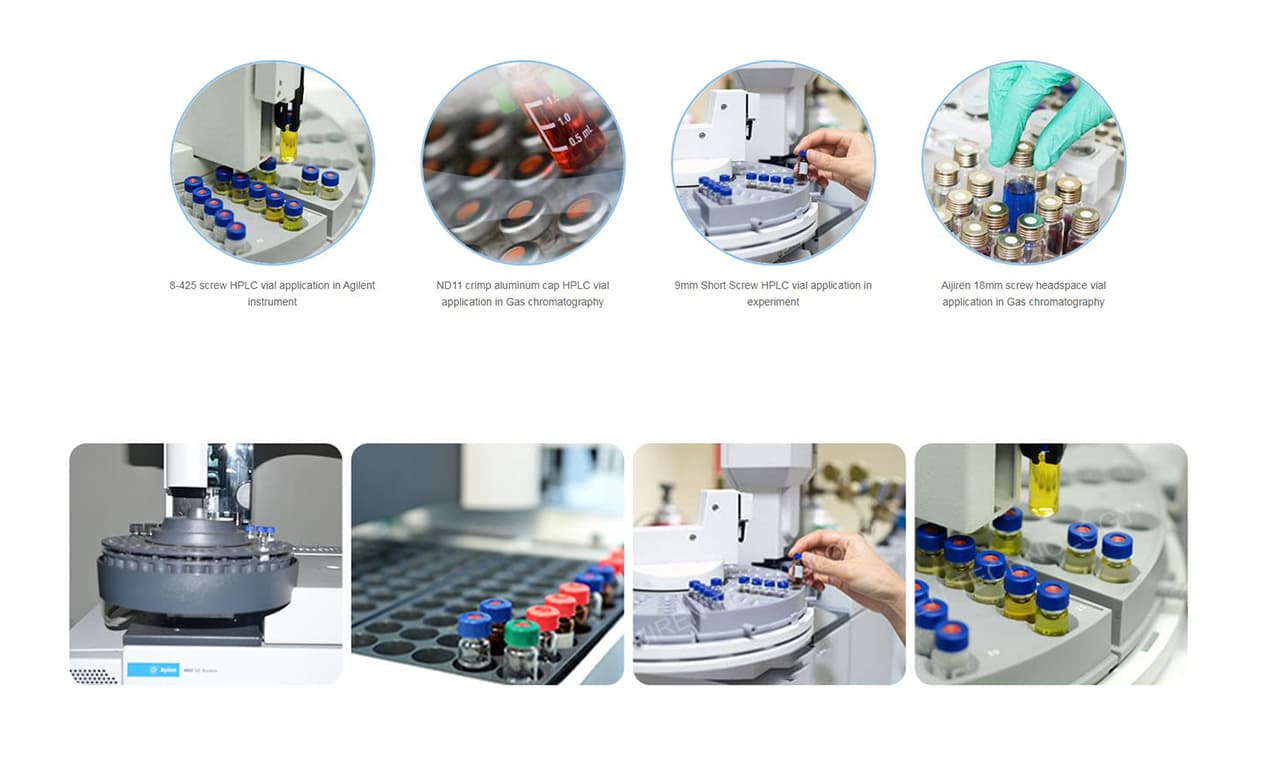
2. What happens when sample prep goes wrong?
Prior to analytical high-performance liquid chromatography (HPLC) applications, samples are prepared by a variety of methods, all of which have the potential to influence analytical results by affecting the sample injected into the system. Ineffective sample preparation can lead to a reduction in column life, increased service requirements for components, potential downtime of instrumentation, reduction in chromatographic separation efficiency and reproducibility, and many other problems.
3. At first glance, filtration seems like a simple process...
Although filtration is a seemingly small part of a large workflow, the impact of choosing the right filter for a given application can be substantial. For example, methods that do not remove sufficient particulate matter can result in column blocking. Inappropriate choice of sample preparation devices could, under certain circumstances, release extractable compounds into the sample, bind analytes of interest or introduce errors through sample loss – all influencing the quality and reproducibility of the results observed. If you are confident that your filtration consumables are not contributing to errors that require rework or root-cause investigations, you will save money and give yourself peace of mind.
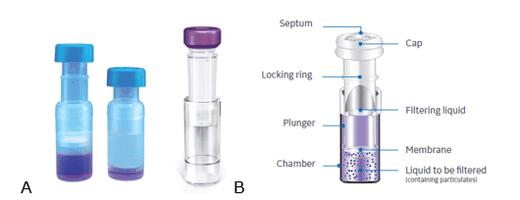
4. What are the most common sample prep ‘fails’?
Incorrect filter membrane choice is one problem we see a lot. Issues can appear as extraneous peaks from extractables, which can interfere with the detection of the analytes of interest. The incompatibility of filter media with a sample or solvent in terms of chemical resistance is not solely limited to dissolution effects on the filter media. Solvents can cause slight swelling of polymeric membrane materials when not fully compatible, which in turn can affect the filtration performance, leading to ineffective clean-up of samples. One way to address this issue is by choosing a membrane that is broadly compatible with both aqueous and organic solvents. For typical HPLC sample preparation, syringe and syringeless filters containing regenerated cellulose membranes are a good option because of their broad solvent compatibility.
The use of a filter device that is larger than needed for the volume being prepared is another common pitfall. The use of too-large filter devices means that small amounts of the sample will remain in the filter, even after precautions are taken to expel as much as possible.
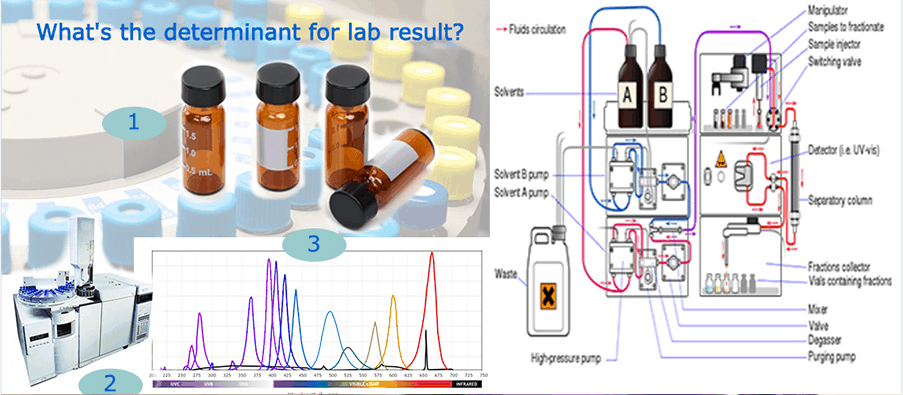
5. What are the advantages of taking the filtration step seriously?
A fundamental goal of most laboratories engaged in analytical testing is to develop consistent processes that underpin consistent results – and that require consistent filtering. The selection of a filtration device with the right pore size and retention characteristics helps ensure effective particulate removal, while the choice of appropriate size and design of filter unit can help minimize sample loss. Good filtration also helps to protect the column and potentially extends the lifetime of both the injector and the column.
Conclusion
HPLC is a valuable technique for life science and biopharmaceutical research as it delivers accurate, reproducible results. This accuracy depends on the integrity of the HPLC sample, and the best way to ensure high-quality samples is to start with the best tools. With solutions for ultrapure water, standard preparation, pipettes, tips, and filters, the HPLC sample preparation line accounts for every detail. Automated solutions and software also help to streamline sample preparation to deliver clean samples for clean results.
More Discussions about HPLC Sample Preparation Solutions are Welcomed!


 English
English
 Chinese
Chinese
